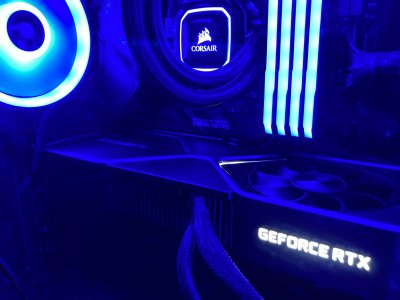DarkSideA8
Gawd
- Joined
- Apr 13, 2005
- Messages
- 989
I've heard this touted throughout my perusing of tech forums:
I've always assumed the people asserting this knew what they were talking about. Then I ran across these:
https://www.techspot.com/article/1971-more-ram-modules-better-for-gaming/
https://www.techspot.com/article/2140-ryzen-5000-memory-performance/
Both articles claim that filling up all 4 slots is better than running only 2 in the primary.
So if TechSpot is correct - where does the 'old saw' come from, and how long has 4 been better than 2?
Edit - sincere thanks to the respondents below. For a summary of what I discovered as the answer see post #5, below
- Two sticks are better than four.
- You want two 8gb sticks, not four 4gb sticks to get to 16gb of RAM
I've always assumed the people asserting this knew what they were talking about. Then I ran across these:
https://www.techspot.com/article/1971-more-ram-modules-better-for-gaming/
https://www.techspot.com/article/2140-ryzen-5000-memory-performance/
Both articles claim that filling up all 4 slots is better than running only 2 in the primary.
So if TechSpot is correct - where does the 'old saw' come from, and how long has 4 been better than 2?
Edit - sincere thanks to the respondents below. For a summary of what I discovered as the answer see post #5, below
Last edited:
![[H]ard|Forum](/styles/hardforum/xenforo/logo_dark.png)

